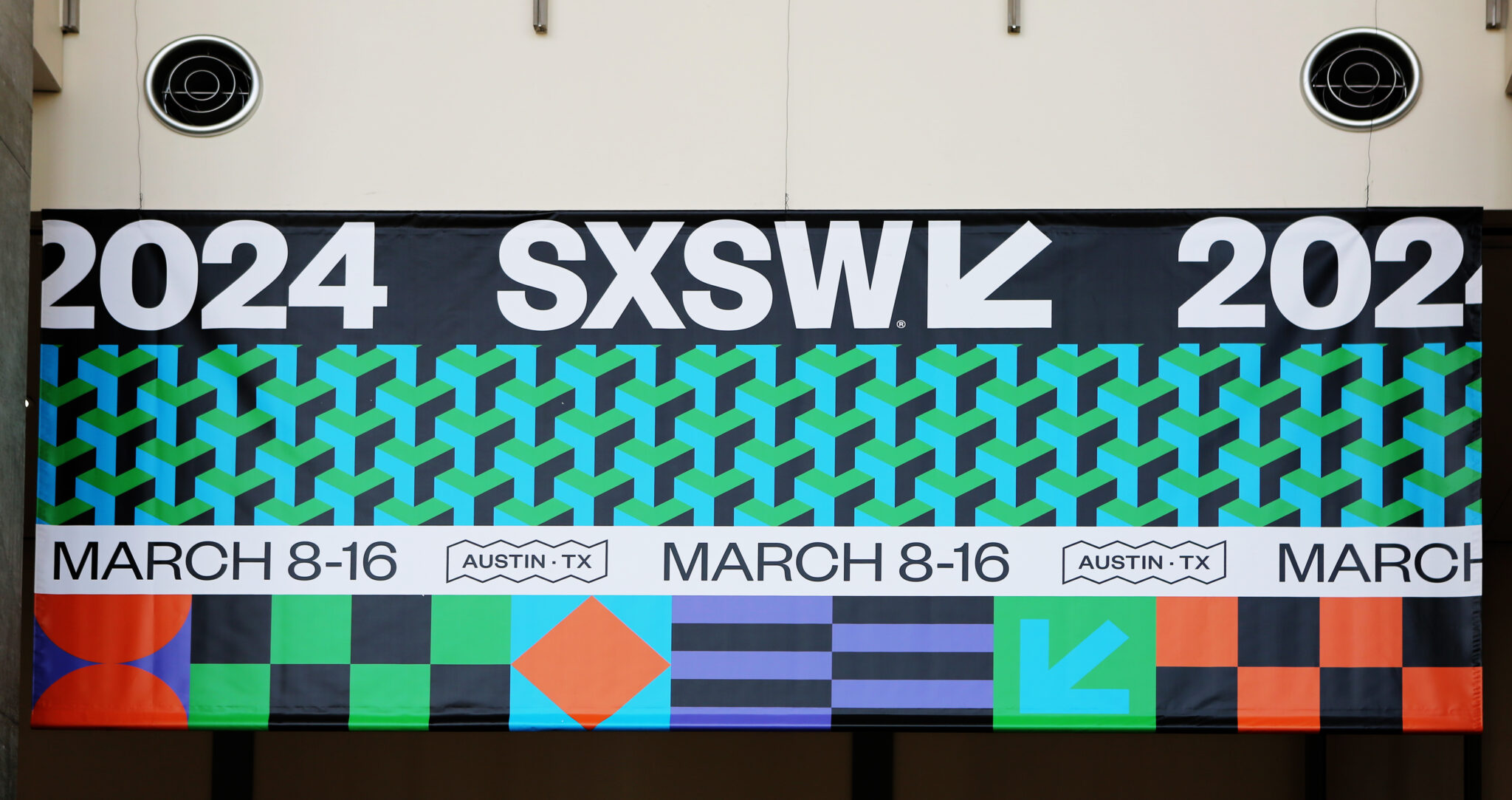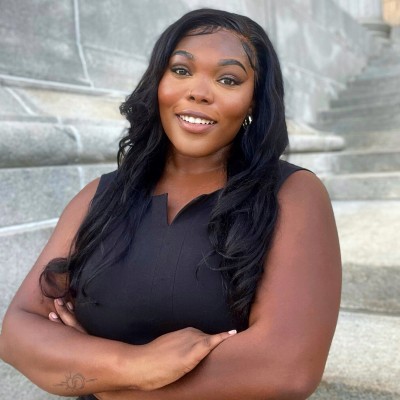

Callie represented Rêve at SXSW EDU, as our work with ECMC Group was featured in a hosted discussion. As part of the strategy team, she has partnered with education, healthcare, financial service, and retail leaders to co-create winning growth strategies, re-imagine service offerings, and build new experiences rooted in the needs of the people they serve.
In March, I had the opportunity to attend the 2024 SXSW EDU Conference in Austin, TX. SXSW EDU is a component of the South by Southwest® (SXSW®) family of conferences and festivals that brings together thousands of attendees, renowned speakers, thought leaders, and industry experts to celebrate innovation and drive positive change in education.
With 12 overarching thematic tracks that focused on timely topics shaping the future of education—everything from equity and justice to work reimagined—this year’s programming did not disappoint.
Upon reflection, four concepts were repeated across conference halls and in the undercurrent of passing conversations. They represent the modern reality of education and will continue to shift how we design for and equip our young people to succeed in the future.
The event started with a meaningful keynote discussion led by leading scholar Dr. Kimberlé Crenshaw. The conversation centered on unraveling the myths and misconceptions that exist today around systemic racism and highlighted the biggest barriers America’s youth face in accessing an inclusive education.
Crenshaw’s call to action, mirrored in many sessions throughout the week, was to be part of the change.
Crenshaw’s words served as a timely reminder of the power of empathy. If—as a society, in our classrooms, boardrooms, and work at Rêve—we are unable to step into the shoes of others to understand what they’ve experienced and where they’ve been, we will struggle to design a future that is more equitable than the past.
Career-connected learning (CCL), sometimes referred to as ‘work or profession-based learning,’ is not a new concept. The idea of exposing students to career pathways and employment opportunities through interactive programs and partnerships with industry professionals has been around for over a decade.
States, however, increasingly recognize career exploration in middle school as necessary, adapting their vision, policy, and infrastructure to invest in innovative pilot programming for 5th-8th graders. For example, in the 2023-24 school year, the Delaware Department of Education (DDOE) partnered with Rodel to launch a career exploration pilot in 10 middle schools across the state, impacting over 5,500 students.

Julie Freeland Fischer, Director of Education at the Clayton Christensen Institute, reiterated the importance of an outcomes-driven approach on stage, explaining that CCL is not just about ‘form’ (e.g., career chats, client projects, internships, full-stack apprenticeships, etc.). Still, it’s equally about ‘function’ (e.g., connections, credentials, cash, competencies), in other words, how we ensure a learning experience has shifted a student for the better. There is much work to be done here.
Many education experts throughout the conference expressed loud and clear the concept of social capital, or the value of social relationships and networks in advancing and even expediting economic mobility for youth. Julie Freeland Fisher and Tony Shavers III, Assistant Director of Donor Engagement at Build, emphasized there are three types of organizations servicing young adults in this space.
‘Brokers’ facilitate connections between young adults and professionals. ‘Skill Builders’ teach young adults what it takes to foster professional relationships and develop networking self-efficacy. And hybrid organizations do a bit of both. All three types of organizations should keep the following do’s and don’ts in mind:
At the core of human-centered design is incorporating the user’s voice (the audience you intend to serve) into all stages of the innovation process.
Many players in talent pipeline ecosystems are working hard to elevate and engage youth voices. Educators, community-based organizations, and government officials are conducting research with young adults at the center to help inform the direction of programs and policy change. According to statistics from the National Center for Education Statistics, employers hired just over 4.17 million interns in the U.S. in 2022, intentionally introducing and embedding the next generation of talent into their company culture early.
However, many fall short of realizing young adults’ full potential.
Tenara Duckery, Sr. Director of Core Equipment Engineering at Verizon, said it best: “Don’t pose a problem to youth that we already have a solution to.” Tenera and her fellow panelists agreed that “innovation comes from youth.” They urged employers large and small to offer deeper experiences for their interns to contribute to their community today and the agency to tackle their industry’s most complex problems on a 5 to 10-year horizon.
Case in point: NAF launched KnoPro in 2023, a free online learning platform that enlists industry-leading companies that’ve identified pressing real-world challenges facing their sector and connects them to teens excited to problem-solve and pitch their ideas to earn points, cash prizes, and bragging rights. Part crowdsourcing and part skill-building, the platform helps high school students level up their career knowledge and explore their potential in fields like marketing, finance, and healthcare.
This takeaway was so prevalent for me as I supported our client, ECMC Group, in their hosted discussion titled ‘Using Youth-Centered Design to Improve Racial Equity Gaps.’ This discussion was centered on our ongoing project with ECMC to close racial equity gaps in the Twin Cities. ECMC Group brought two members of the youth advisory group to the conference, and here is a quote from one of the members, Jazmine, that stood out to me.

This was probably the most promising moment of my SXSW EDU experience. Scanning the room for a reaction, I heard steady applause of finger snaps paired with confident head nods validating Jazmine’s sentiment. I interpreted this as a signal that youth-centered education and career readiness solutions are the path forward.